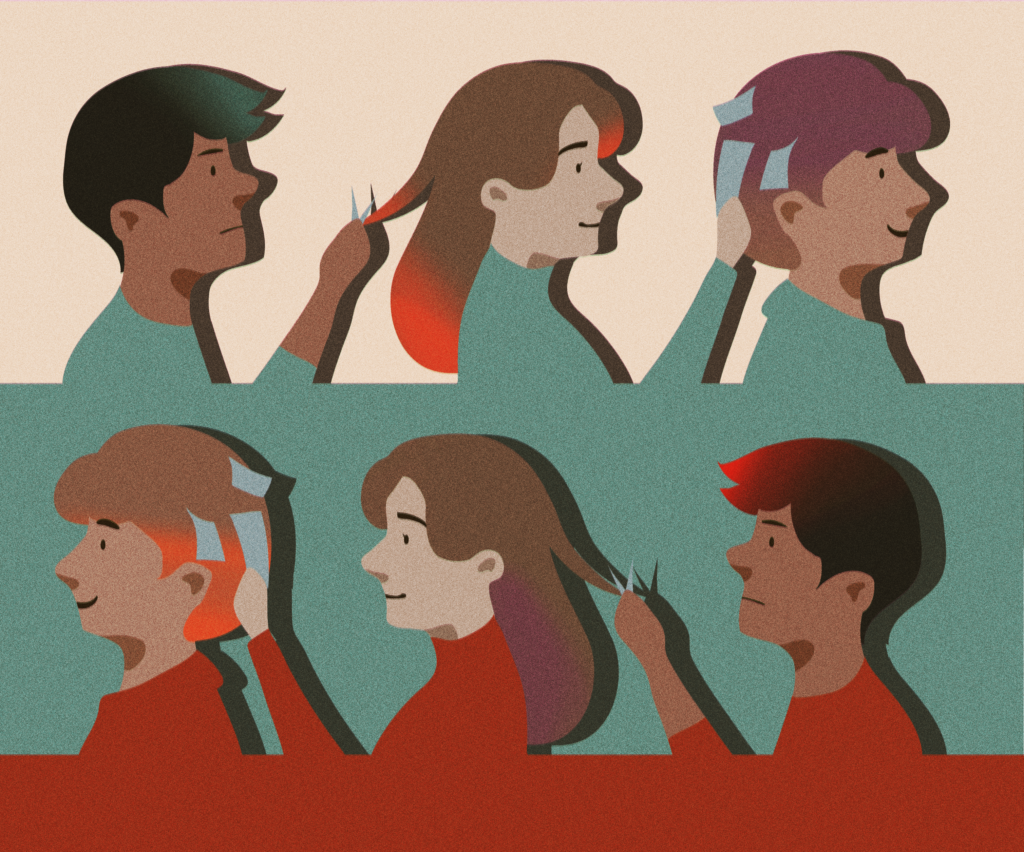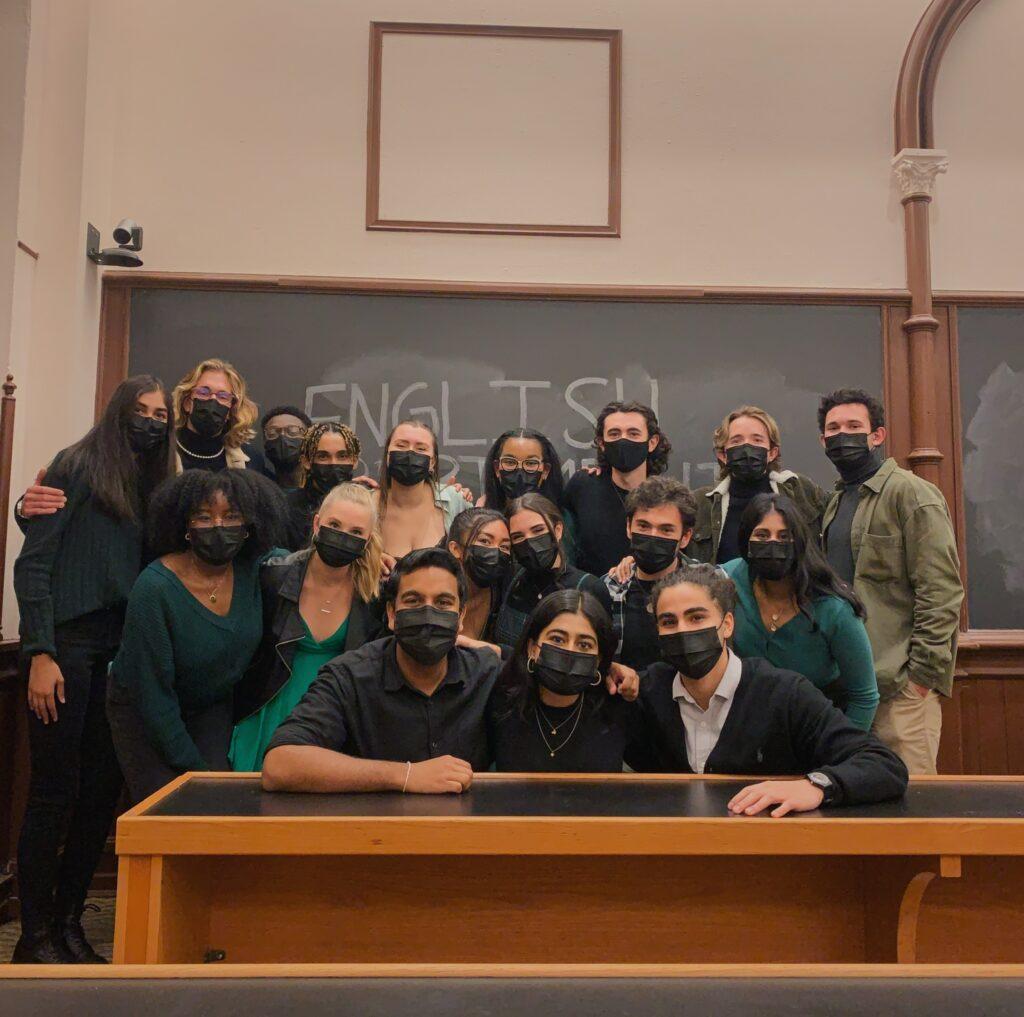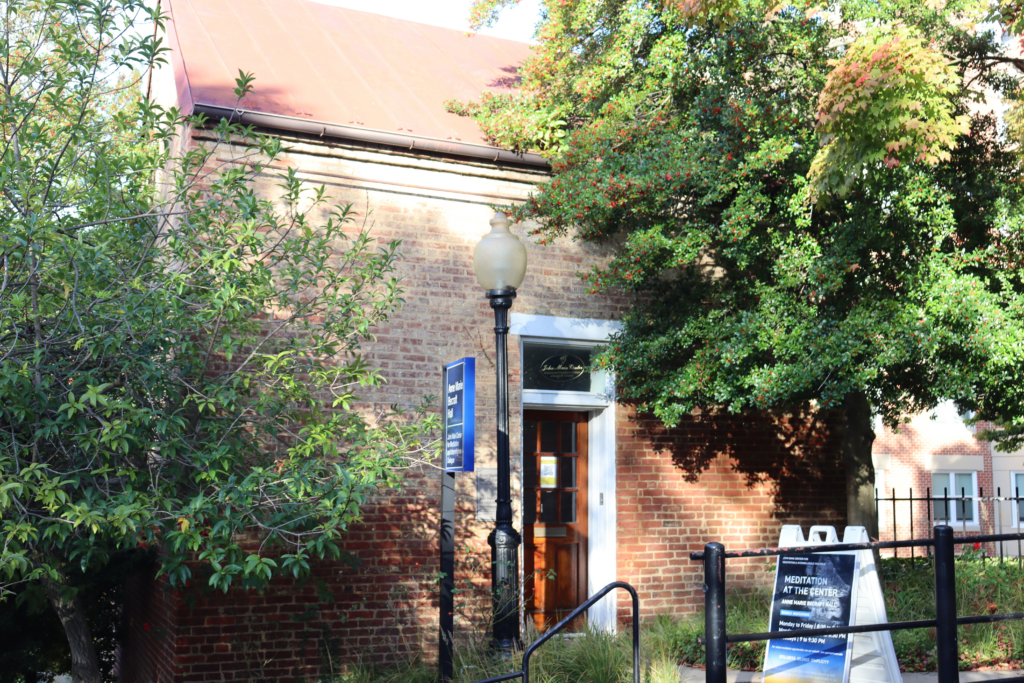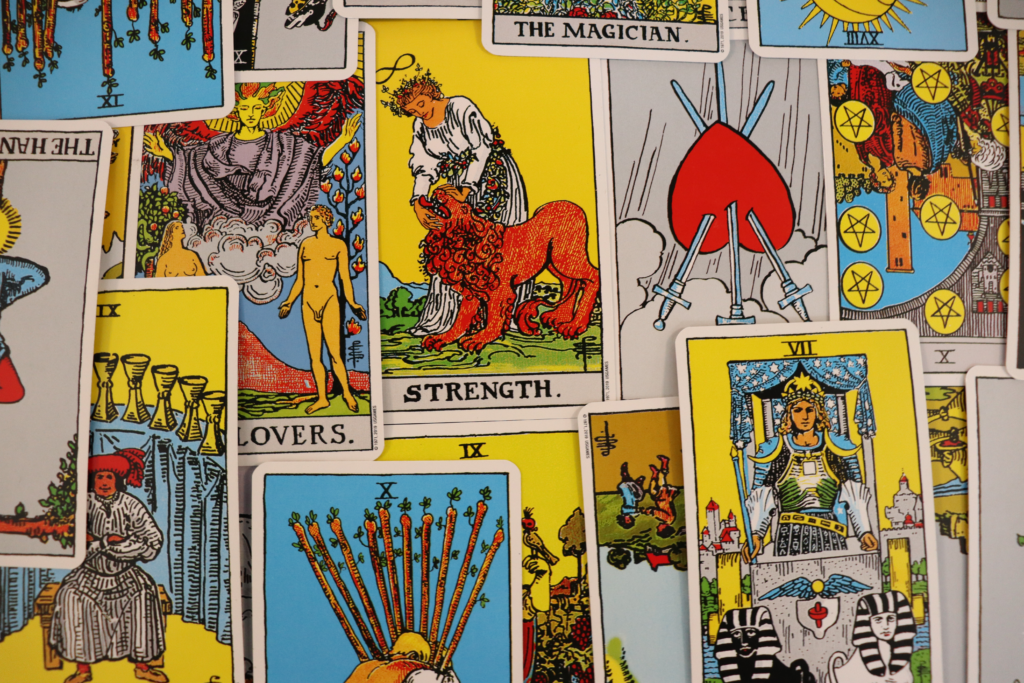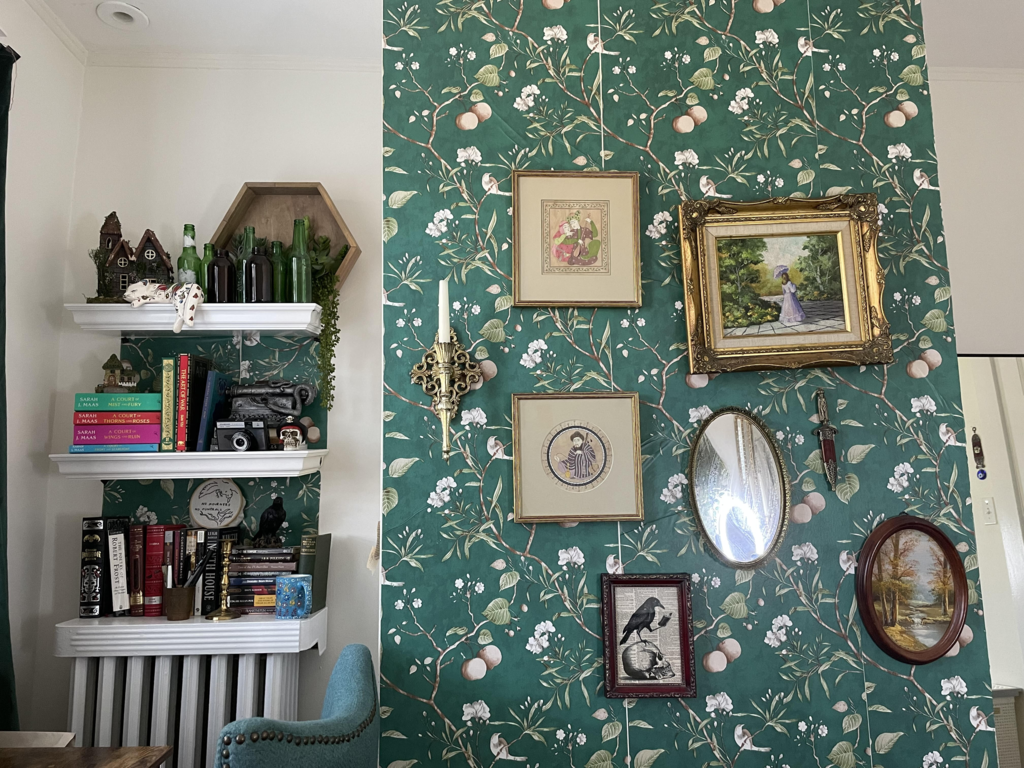When Seareen Maaita (NHS ’24) decides to lighten her hair color, her process is streamlined and seamless. She dons drab clothes that can be stained, separates pieces of hair and mixes her bleach and dye. She is meticulous, redoing her roots repeatedly, waiting over the recommended hour to wash out the bleach before using a purple shampoo to lighten the final product.
Maaita is one of many Georgetown University students who have used hair dyeing to tint their identities, dyeing their hair purple, green and every color in between. Some rely on professionals at salons, while others change their hair on their own, relying on a pair of scissors or boxed hair dye from Amazon.
However, Georgetown students are no exception to stigmas surrounding dyed hair. Janet Younan (SFS ’23) discussed the stereotypes that come with having dyed hair in a Zoom interview with The Hoya.
“I feel like there is a tendency for people to make assumptions about you based on your hair color. I see that similarly with piercings. I sometimes wear fake piercings, and the combination of my hair color and piercings makes people look at me and think, ‘She’s not smart. She’s kind of a joke,’” Younan said.
With the extra free time and isolation,some Georgetown students have been inspired to get creative with colorful hair. For others, hair dyeing has been a manner of self-expression for many years, portraying their identities and giving them autonomy over their appearances. Regardless of their inspiration, these students face the highlights and lowlights of dyed hair fearlessly.
Origins of the Hair Transformation
Away from the strain of judgement, many students find college liberating. Prior to college, outside influences like parents or school administration ruled hair dyeing as off-limits. College is the perfect time to explore forms of self-expression that parents sometimes limit, according to Younan, who recently dyed her hair burgundy.
“In high school, parents would be like, ‘No, you’re not an adult yet. You can’t do that.’ Then, after college, when you are working, you’re told, ‘No, don’t do that. That’s weird. People are going to look at you funny,’” Younan said.
Martha Winslow (COL ’21) says having vibrant hair, such as her pink and purple locks, can be a great way to memorialize the freedom of college.
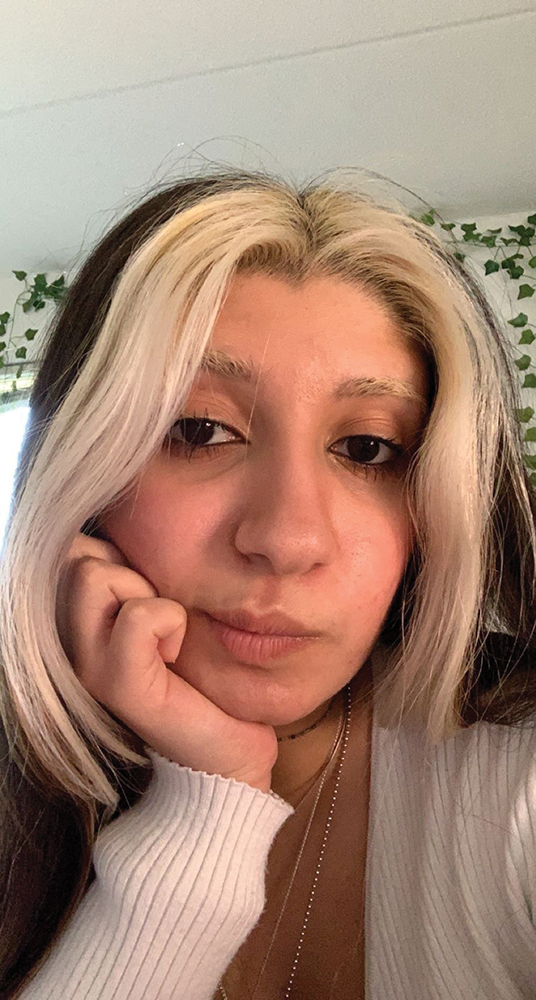
“You’ll want to have memories of when you look back at yourself in college, like, yeah, I used to have pink hair. I just think it’s fun,” Winslow said in a Zoom interview with The Hoya.
Kelly Thomas’ (COL ’22) hair transformation began earlier, when she was in middle school and dyed her hair from her natural blonde to various bright colors. Currently she has blue ends and brunette roots.
“I was emo in middle school, and I think I just wanted to be like Hayley Williams, the lead singer from Paramore.” Thomas said in a Zoom interview with The Hoya. “I dyed my own hair red in sixth grade, and it was horrible. But, it’s gotten way better.”
Although she was not allowed to dye her hair for a period of time in in high school because of her Catholic school’s constraints, Thomas fell in love with the coloring process again at Georgetown.
Besides giving students an opportunity to fulfill childhood dreams or explore a new form of expression, other factors influence the desire to dye one’s hair. For Maaita, the fulfillment she feels after dyeing her hair, which stems from polishing her roots and feeling more herself, is the driving force behind the process.
“There has to be a moment when my roots are grown out, where I feel like I can’t go on looking like this. Dyeing my hair gets rid of that feeling. I feel like I’m going to become me again. My roots aren’t going to be grown out, and I’ll look how I want to look again,” Maaita said in a Zoom interview with The Hoya.
The Hair-Changing Process
The first step in dyeing hair is picking a color, a choice that can be made in minutes or months.
Bleaching is often a starting point for Georgetown students hoping to dye their hair new, vibrant colors. Then, new hairdo hopefuls have to come up with a strategy: going to a salon, recruiting friends to help out, or taking on the dyeing solo.
Linh Truong (COL ’24) loves to dye her hair herself but prefers to have a professional hairdresser conduct the bleaching process before adding the color at home.
“Since I have Asian hair, it’s really stubborn. So to lighten it, I always go to a salon because I do not trust myself with bleach. But when it comes to putting color on lightened hair, I do it myself because it’s fun. It’s therapeutic. It’s good when you are going through a mental breakdown,” Truong said in a Zoom interview with The Hoya.
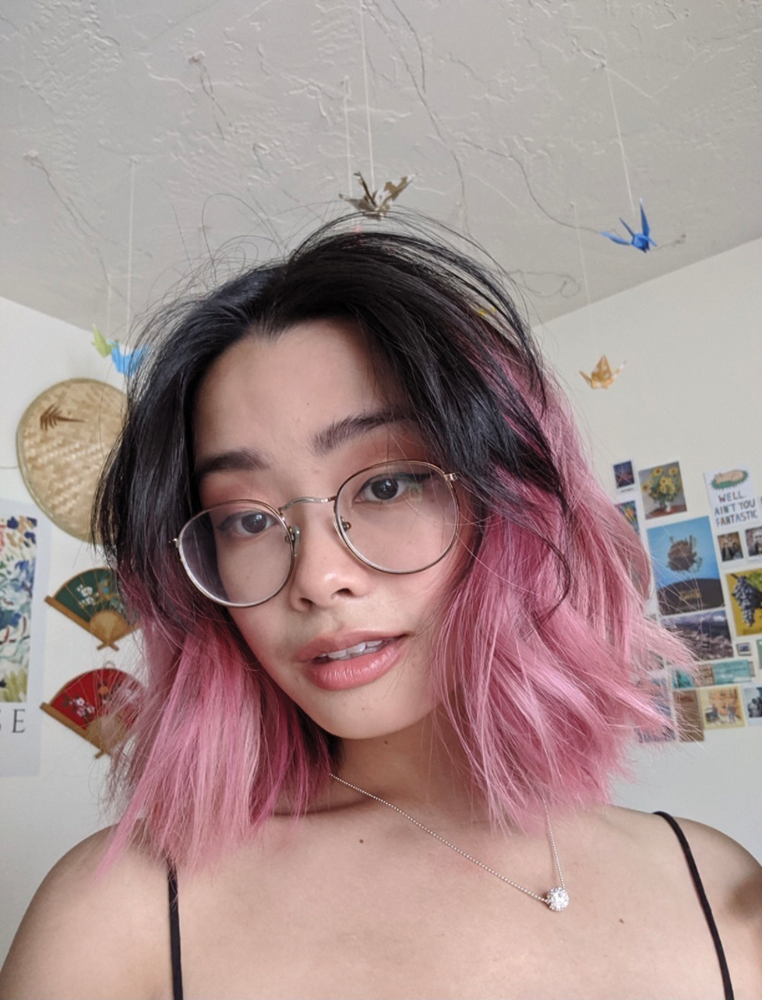
Meanwhile, Younan prefers to do the entire bleach and coloring process herself. While dyeing is a long, meticulous process, Younan says she looks forward to the excitement of changing her own hair.
“While dyeing my hair, I’m always excited. I don’t know how to explain it. The planning beforehand, knowing I’m going to dye it on a Friday, makes me really excited because I love seeing that transformation. Even though I’ve done this like 50 times, I love doing it,” Younan said.
Truong finds that the involved dyeing process allows her to let her mind wander from daily stresses and focus on something simultaneously labor intensive and creative. When she paints the color on her already bleached hair, she enjoys the process.
“Since dyeing your hair takes around an hour to apply, it just gives you some time to think — or not think — about something else, about what you are stressed about. It gives you something to be distracted and look forward to,” said Truong.
The Intersection of Identity and Hair
For many Georgetown students, hairstyles exist as an extension of autonomy, proving that new cuts and colors can help heal internalized stigmas by providing an outlet for personal expression. On the flip side, creative dye jobs come with the risk of being stereotyped or underestimated.
There is a strong relationship between changing one’s hair and bodily autonomy, according to Truong. Although her parents denied her requests to dye her hair for many years, Truong took control when she turned 18.
“Right before the pandemic hit, actually, I bleached and lightened my hair for the first time. I went silver,” said Truong. “And, it was just a very cool experience not just for expressing but also just for feeling like I have dominion and control over my own body.”
For other students, hair is an extension of their identity. For Younan, hair is a way to connect to the LGBTQ+ community and build her queer identity.
“I really care about self-expression because I’m queer, and for me, I didn’t get to express myself when I was younger. My parents were making me wear dresses with my hair up in pigtails. It didn’t really feel like me. Getting to college was a cool time to experiment, mess around with my hair, mess around with my style, dress more boyish because that is what made me feel more comfortable,” Younan said.
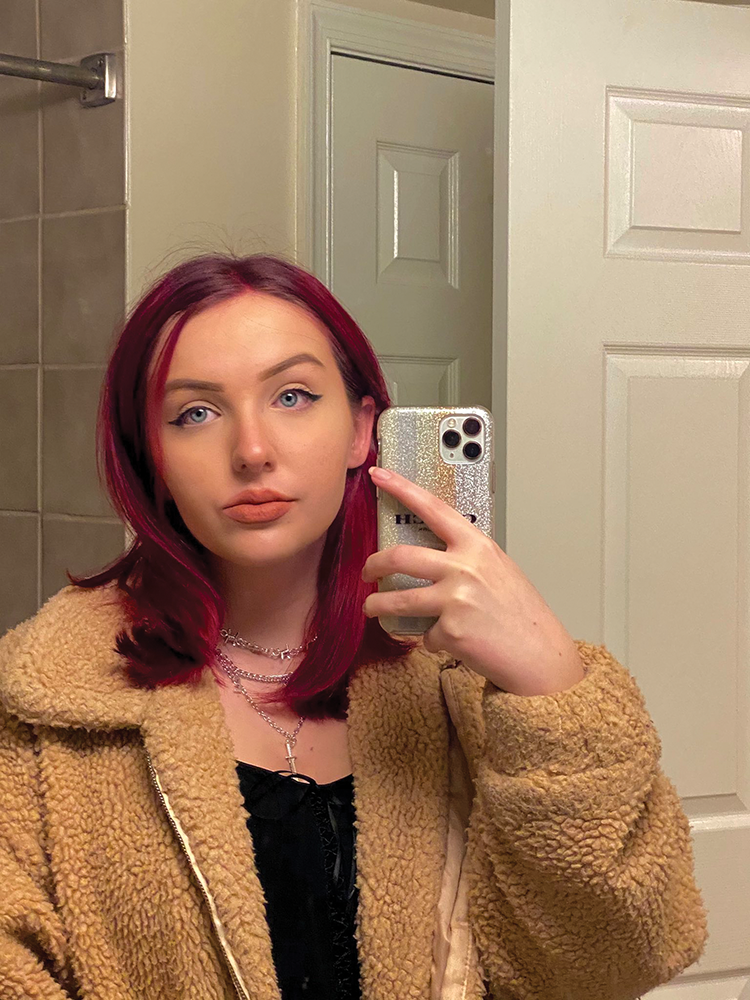
Thomas agreed that hair color cultivates a sense of belonging in the LGBTQ+ community.
“I feel like, for me, it is like an expression of my queer identity, in a way that I like visibly identify myself with that community, which is something that’s really important to me,” she said.
As important as the freedom to express one’s identity is, Georgetown’s career-oriented students might feel cautious about dyeing their hair because of how they might be treated in the workplace. For Winslow, this stigma about dyed hair being unprofessional means she will not dye her hair after she graduates Georgetown and enters the workforce.
“I do think that I’m probably going to either dye it back to brown or let it fade out after I graduate, because I’m going to start teaching elementary school, and I don’t know specifically what the dress code is going to be, but I feel like it would be for the best for me to have a normal-color hair,” Winslow said.
Although Winslow hopes to see a change in attitude in the coming years, she knows that some career paths still restrict personal expression in the form of dyed hair.
“Pressure from employers is one of the main reasons students do not want to experiment with their hair,” Winslow said. “I actually know someone who literally dyed her hair and then dyed it back like two months later because she had to start the recruiting season for consulting. … They have really strict rules about piercing, hair dye, whatever. So I think there’s a lot of people at Georgetown who won’t do it for that reason.”
In spite of the struggles faced by those with inspired hairstyles, some, like Thomas, find that Georgetown as a community is generally accepting. In fact, Thomas even endorses taking the hair dyeing leap.
“Just go for it. People will definitely be way more accepting and enthusiastic about it than you think they’ll be.” Thomas said.
The freedom that comes with hair styling is partly due to the metaphorical room for error that working with hair provides. Regardless of what color or cut you like, if you are considering making a change, remember, the color washes out, and the hair always grows back.


